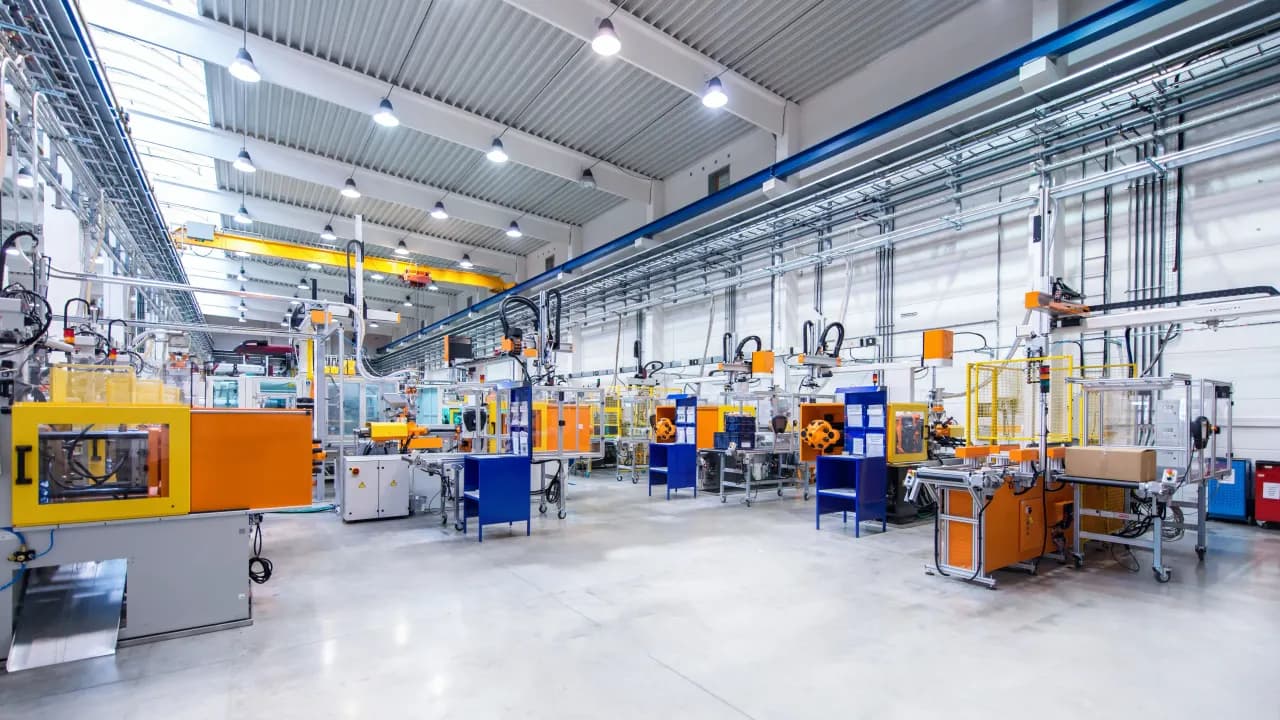The private sector growth was primarily driven by increase in exports, data showed
India’s private sector economy expanded at its fastest pace in nearly two decades, according to HSBC Flash PMI data for August. The HSBC Flash India Composite Output Index surged to 65.2 in August from 61.1 in July, marking the steepest growth on record
According to the report, the sharp rise was fueled by strong sales growth, with new orders increasing at one of the fastest rates on record. Hiring also gained momentum as job creation picked up, while business confidence hit its highest level since March. Companies reported strong pricing power, with output charge inflation climbing to a 12-and-a-half-year high.
The HSBC Flash India Manufacturing PMI rose to 59.8 in August from 59.1 in July, the highest since January 2008, reflecting stronger demand and faster improvement in factory conditions.
The HSBC Flash India Services PMI Business Activity Index rose to 65.6 in August from 60.5 in July. Meanwhile, the Manufacturing PMI Output Index increased to 64.2 from 62.5.
Exports Boost Private Sector Output
India’s private sector witnessed strong momentum in August, with export markets playing a key role in driving growth, the report read. Survey data showed new business from abroad expanded at the fastest pace since records began in 2014, with higher demand from Asia, the Middle East, Europe, and the US.
However, according to HSBC’s chief India economist, growth of manufacturing export orders remained unchanged from July’s levels.
On the pricing front, inflationary pressures intensified as companies faced higher wage costs and raw material prices. Consequently, output charges increased at the sharpest rate since February 2013, with many firms citing strong demand as a reason to raise prices.
Private Sector To Overcome Inflation-related Headwinds
Looking ahead, business optimism improved significantly, reaching the highest level since March. Both manufacturers and service providers expressed confidence in further growth over the next 12 months, supported by a favorable demand outlook. The latest data suggest that India’s private sector is poised to maintain strong expansion despite inflationary challenges.
Earlier this month, India posted its annual retail inflation data, which slowed to 1.55% in July from 2.1% in June, the lowest in eight years. It was led by a steep drop in food prices. Food inflation came in at -1.76%, lower than -1.01% in June, its lowest in six years.
Another key factor going ahead will be the impact of the Goods and Services Tax rejig. The Indian government decided to change the GST structure by cutting down the number of slabs to just two core rates – 5% and 18%.
It is also likely to introduce a concessional rate below 1% and a steep “sin rate” of 40% for five to seven select items. As part of this reform, the existing 12% and 28% brackets will be scrapped entirely.
For updates and corrections, email newsroom[at]stocktwits[dot]com.<
